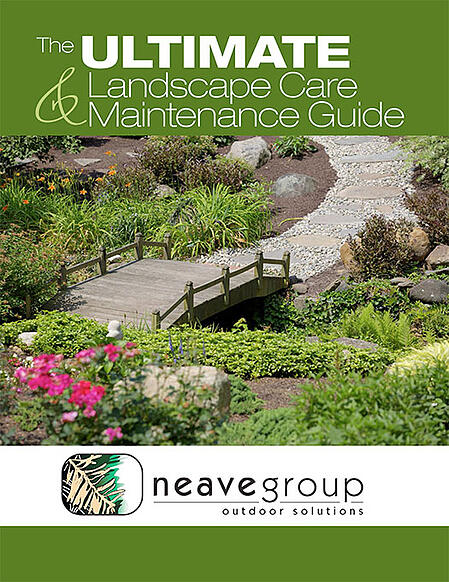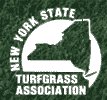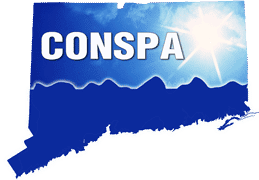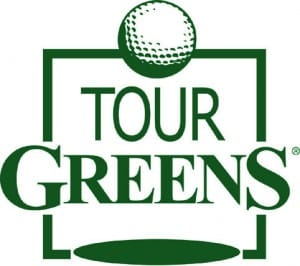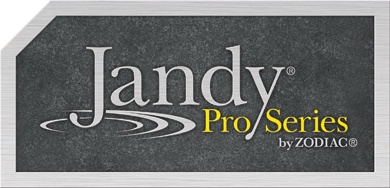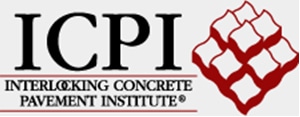Winter can take a toll on your lawn and landscape. Combine harsh temperatures with snow piles that bury shrubs, along with salt and deicing products that can stray from the street into grass areas. Ice melt products can draw moisture away from turf and plants, and cause burning. We also see situations where a snowplow navigating a tricky driveway can dig into bordering grass. While it’s an accident, the damage will need to be repaired in spring.
A lot of winter’s damage is out of our hands. Extremely cold conditions can freeze plants’ cells and stop up routes that water and nutrients travel. Young plants are much more vulnerable. As for the side effects of clearing snow, what’s the alternative? You need to get out of your driveway and clear pathways.
The good news is, you can quickly get back on track in spring if you plan ahead. During a pre-season site visit, a landscape professional can identify potential damage zones and how to address those areas so you can restore damaged turf, reinvigorate stressed plants and prepare for healthy growth.
Here are some of the most common lawn and landscape “side effects” of winter we usually find on properties in New York and Connecticut, and how we make them right.
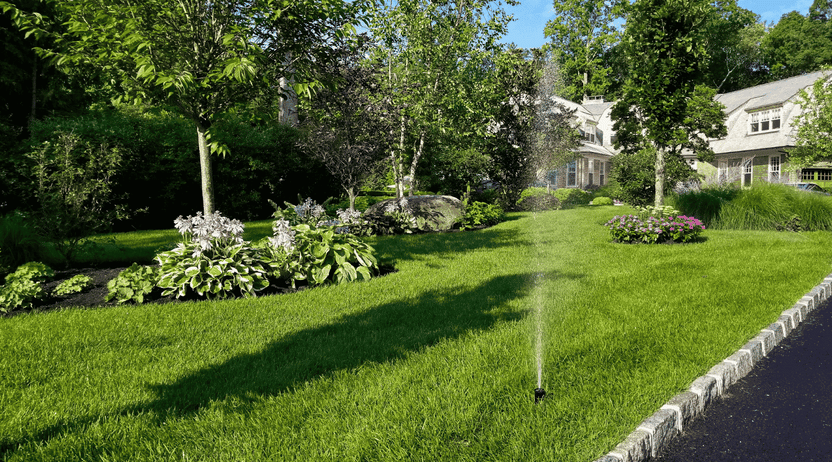
Cold Injury – Protecting Plants & Repairing Damage
The best insurance against cold damage is to select plants that are appropriate for our region, which is USDA Zones 4, 5, and 6. From there, we consider where plants are placed so they can be protected when the wind kicks up. For example, tender shrubs like azaleas that are planted in exposed areas can get injured from the sun and gusty conditions. What’s most important to know is, the care plants receive during the growing season will set them up to stay strong during winter. Proper watering, fertilization, pest control, and pruning will promote resiliency and vigor so plants are less likely to suffer from cold injury.
Spring Pruning to Revitalize Trees and Shrubs
It’s completely normal to see browning on plants after a hard freeze. It doesn’t mean plants are damaged, and if you scratch the stem and see white or green tissue, the wood is alive and will regenerate in spring. On the other hand, brown stem tissue is an indication that the limb should be removed in spring. Overall, spring residential pruning is essential because it jumpstarts new growth and improves plants’ health because they get more light and airflow.
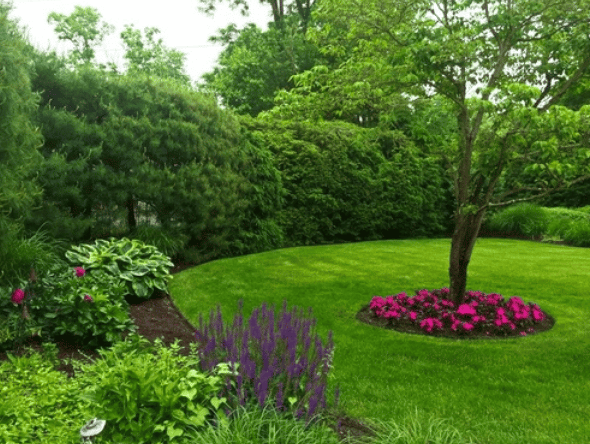
Taking Care of Turf After Winter
Salt damage on turf doesn’t necessarily require replanting. It depends on how severely the turf was burned. We might determine that the affected grass should be flushed out with water, then repaired by adding fresh soil and reseeding the area. Committing to custom turf services is the best way to protect grass from accidental winter damage.
The Ultimate Winter Damage Fix: A Custom Lawn Care Program
The bottom line is, when a property is properly cared for with customized fertilization, weed control, and tree and shrub program, it is more prepared to go through tough winters successfully. From selecting appropriate plants for our region — ones that can stand up to cold, snow, and wind — to assuring they receive the necessary water and nutrients, the residential lawn care pros at Neave Outdoor Solutions will perform a free lawn assessment and determine the best approach.
We look forward to getting to know your property. If you’re in the Hudson Valley, call us at (845) 463-0592. If you’re in Westchester County, call (914) 271-7996; from Connecticut, dial (203) 212-4800. Or, fill out our simple web form, and we’ll contact you about setting up your free consultation.
